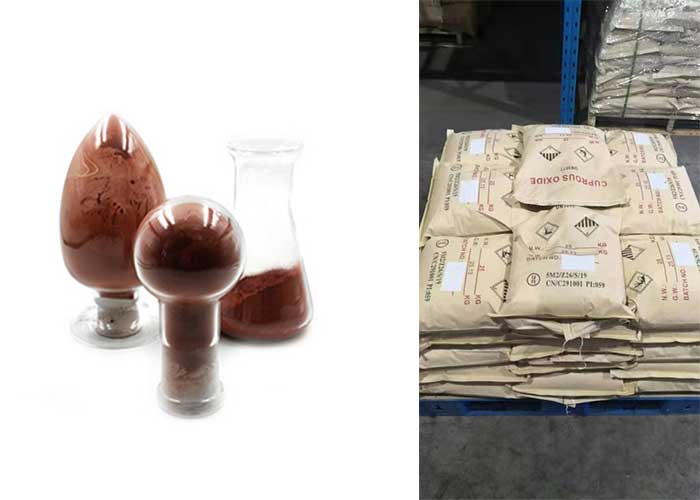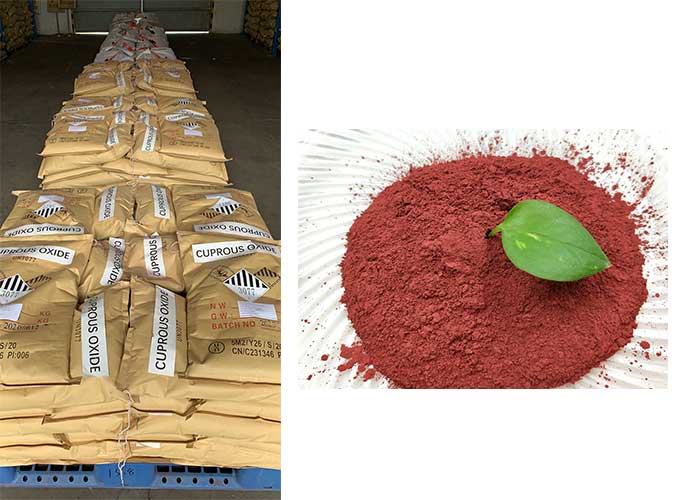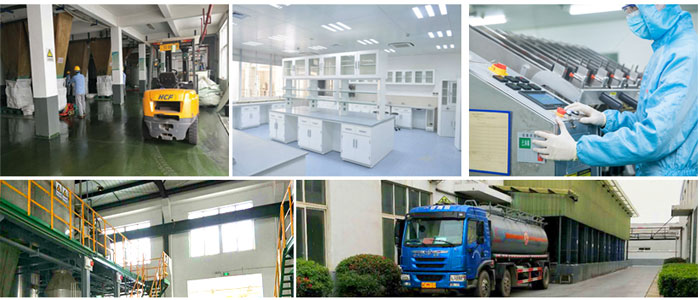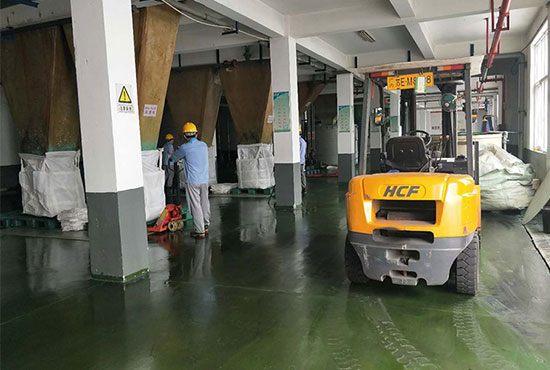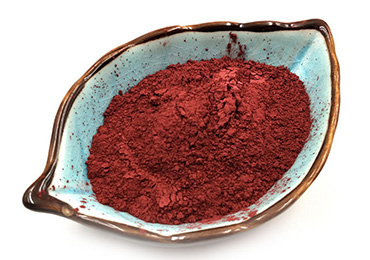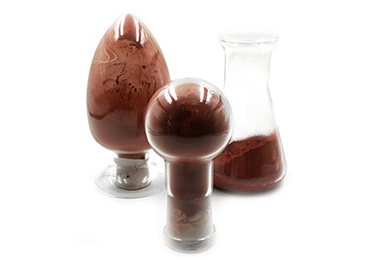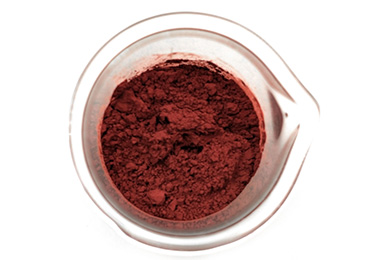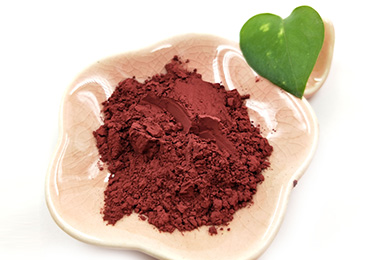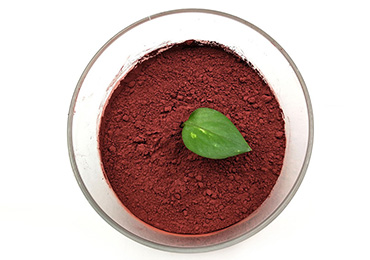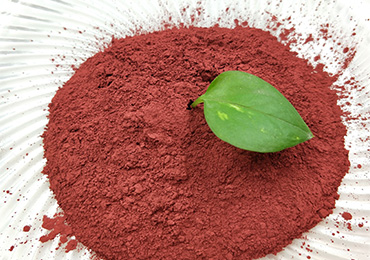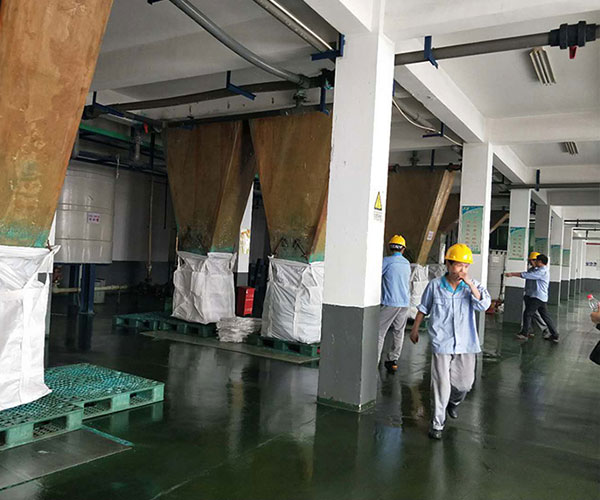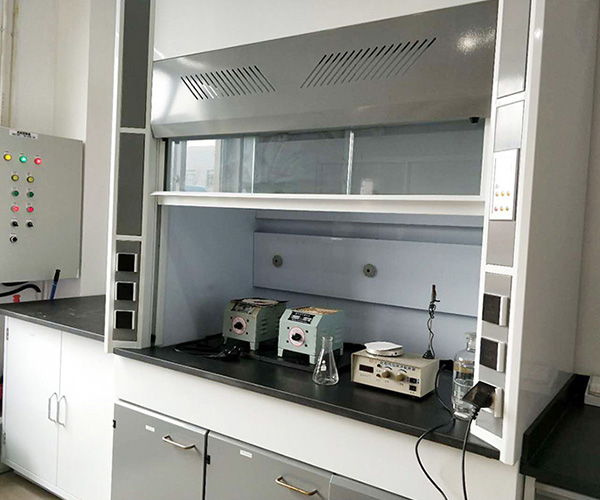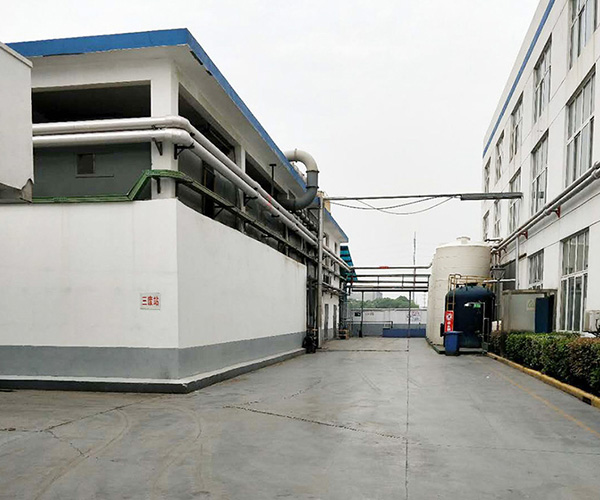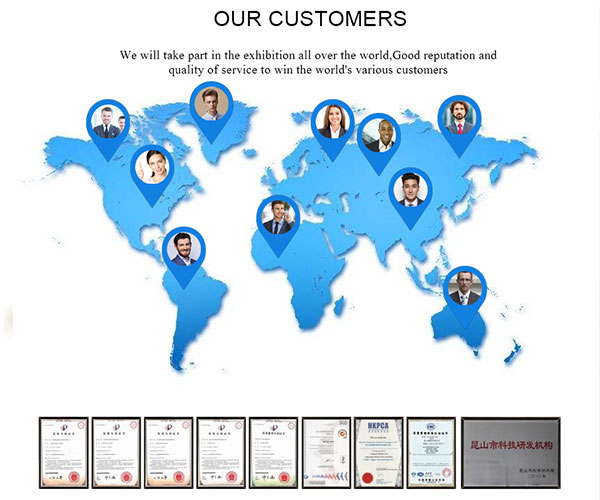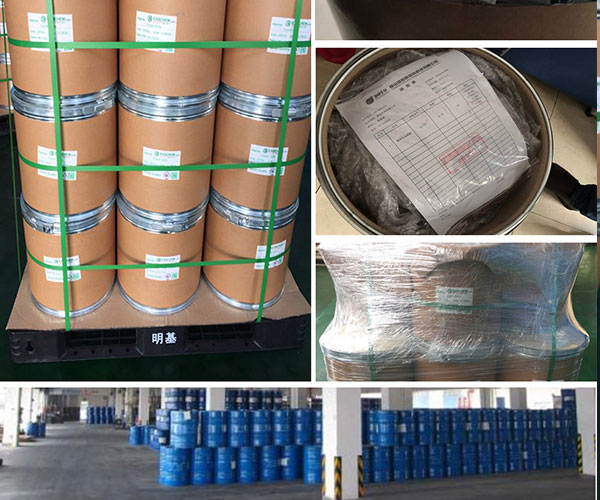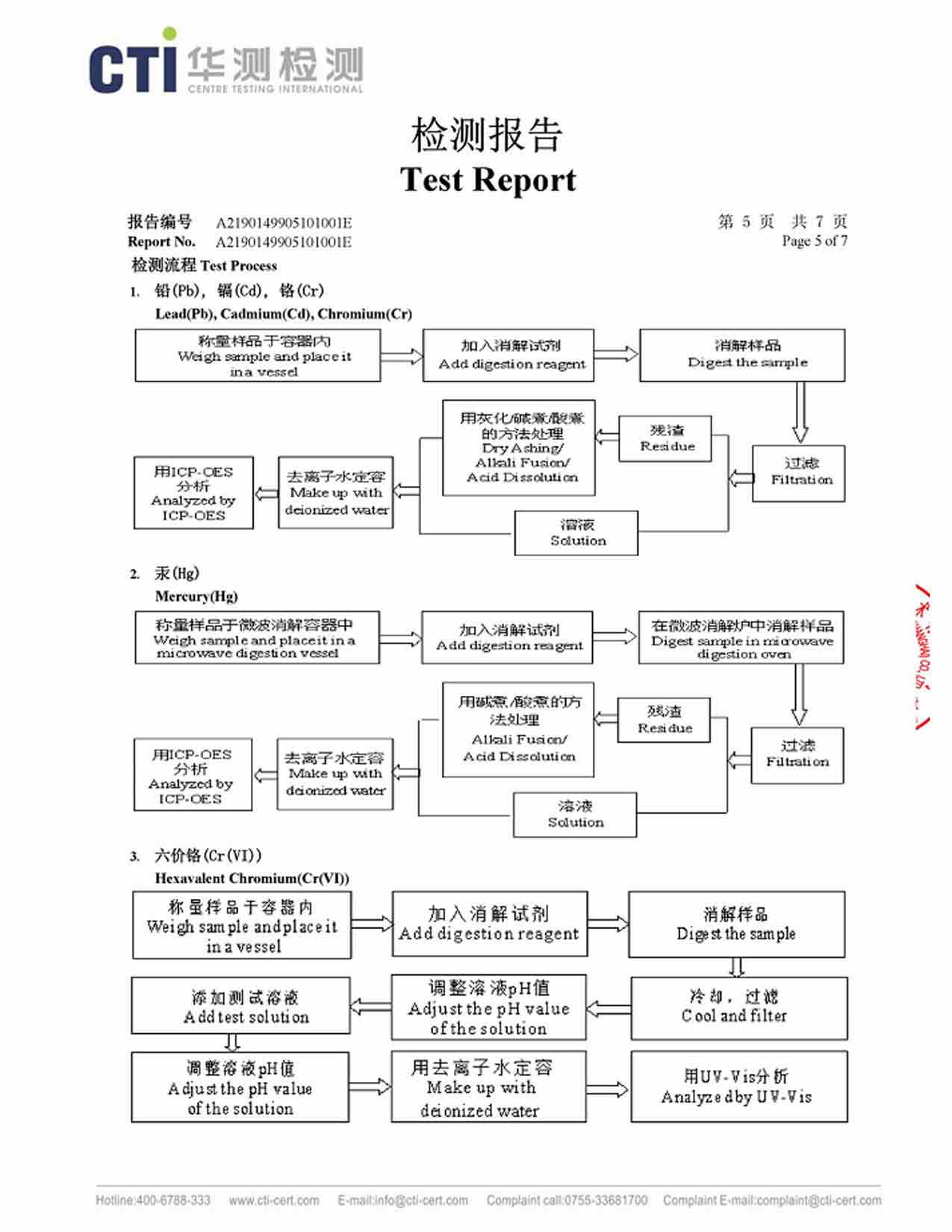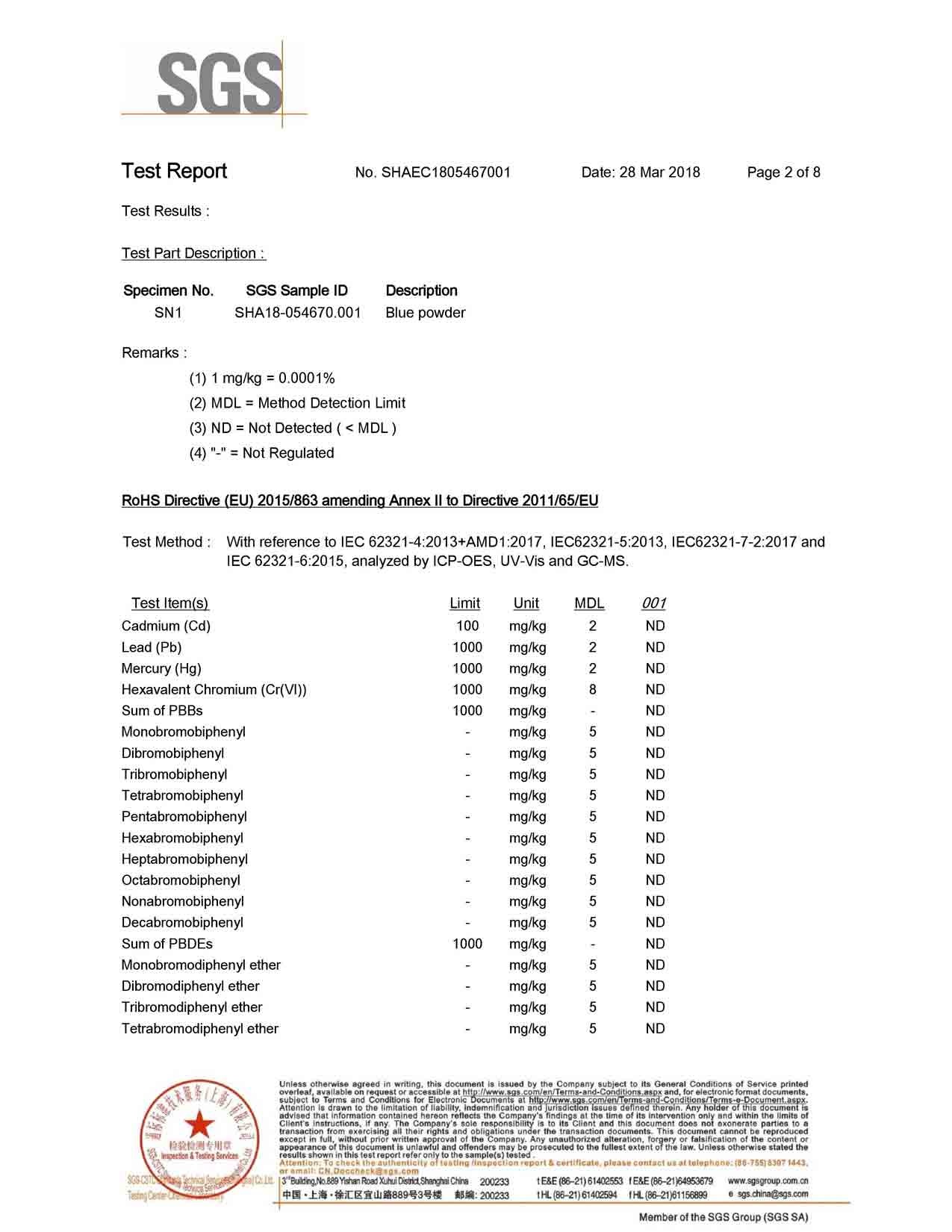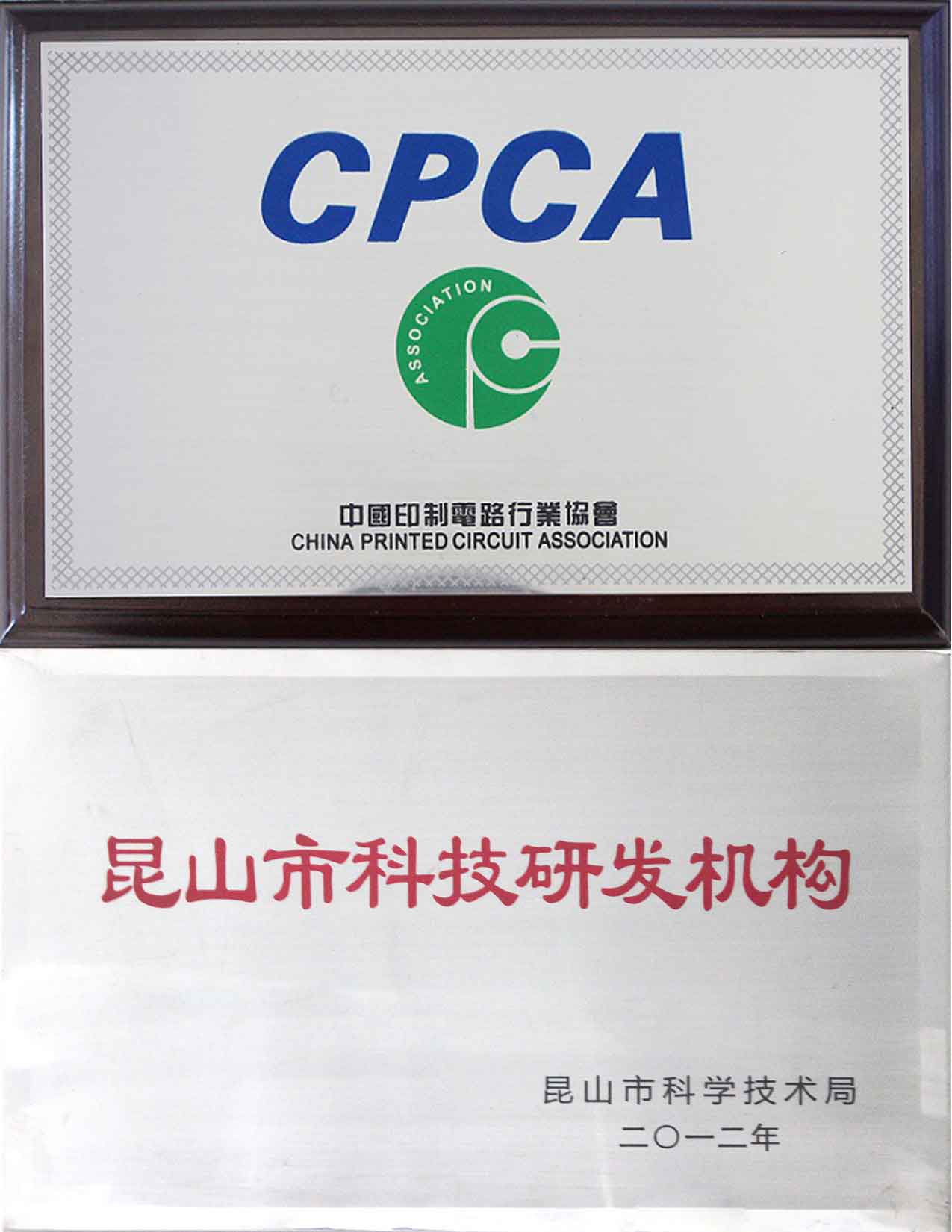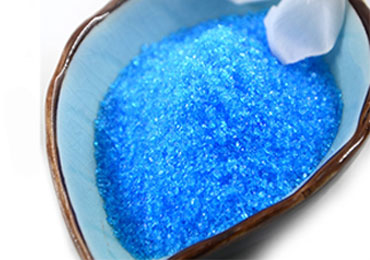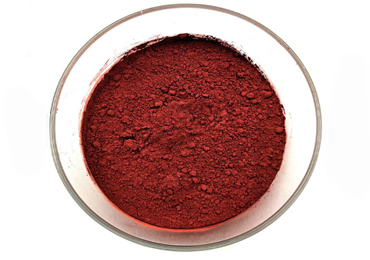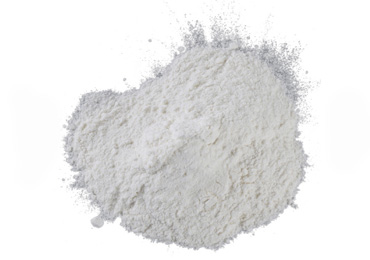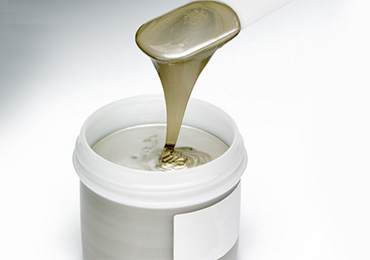A kind of Nano materials with scientific research value and very good application scenarios
Full Certifications Cu2O Nanoparticles Factory
The company’s excellence could be depicted through the certification that they got from ISO9001. Kunshan Yosoar is known for the quality system of management that it has. Kunshan Yosoar manufactures high-quality Cu2O nanoparticles and these Nanoparticles have a wide range of applications. Cu2O nanoparticles have semiconductor characteristics and properties that make them a useful substance to be used in optoelectronic fields. These nanoparticles can also be used in anti-fouling paints and other industries also make use of these nanoparticles.
High catalytic activity and bactericidal activity; Good photoelectron conversion, low temperature paramagnetism, etc
Very large specific surface area and very good adsorption capacity ,It can be used in catalyst, solar photovoltaic industry
Small particle size, low bandgap energy. It can be excited by visible light and can transition to lower energy level
Uniform particle size and high purity, it has blue fluorescence activity, Cuprous oxide deposited on the substrate has strong adhesion and is not easy to fall off
The antibacterial rates of nano cuprous oxide against Staphylococcus aureus were 71.8% and 96.6% at concentrations of 5 and 10 Hg/ml.
It have strong adsorption, which can adsorb on the bacterial cell wall and destroy its structure cell wall and cell membrane, causing bacterial death.
The best choice of catalytic active agent
Cu2O nanoparticles can decompose water and methanol, and can be used to convert light energy to hydrogen; In the treatment of organic pollutants, the effective degradation rate is as high as 90% in about 50 minutes.
In addition, nano cuprous oxide can also be used to degrade nitrophenol, prepare antifouling coatings and carbon nano polymeric fibers.
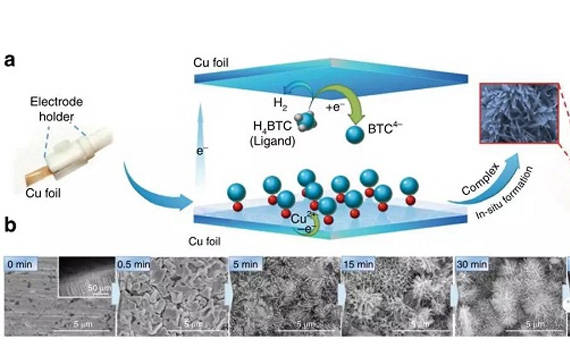
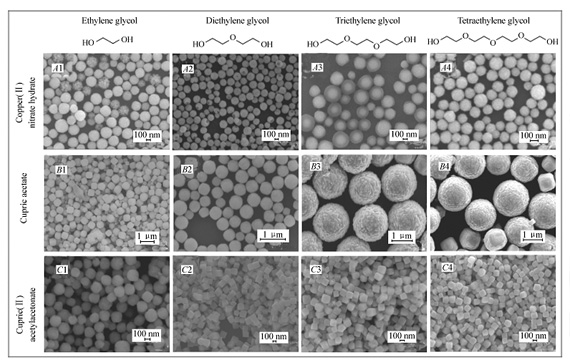
Semiconductor materials with photoelectric conversion properties
Cu2O nanoparticles with a bandgap of 2.17 EV, it is a semiconductor material excited by visible light. The conversion rate is as high as 20%. According to the photoelectron excitation spectrum test, after adding nano cuprous oxide, the significant green band of ZnO disappears, and the product has a rectification effect.
Antibacterial activity is very good
Nano cuprous oxide can react with sulfhydryl and disulfide bonds in the compound to form corresponding sulfhydryl copper compounds. Sulfhydryl and disulfide bonds play a key role in the normal life activities of microorganisms. So, Cu2O nanoparticles can interfere with the biochemical reaction of microorganisms, then interfere with their physiological activities, and even induce their apoptosis.
Nano cu2otio2 complex can induce apoptosis of human cervical cancer cells.
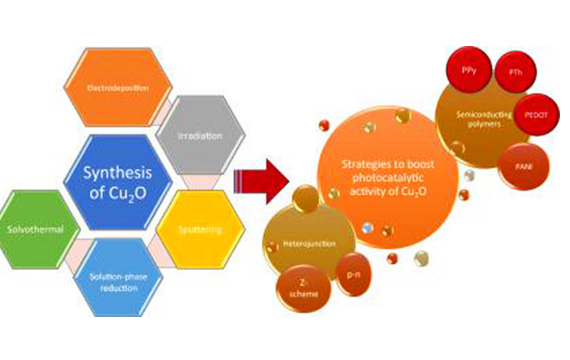
Other properties and Applications
Cu2O nanoparticles can be used to make new fluorescent probes; It can be used as a semiconductor material in the manufacture of detector; Detect blood glucose, urine sugar and sewage oxide can be used; In addition, effectively assist in the diagnosis of diseases and increase various rapid detection methods are also suitable.
Yosoar: Your Reliable Cu2O Nanoparticles Supplier in China
Kunshan Yosoar is a name of excellence when it comes to powder manufacturers. The company is known for a long time for the high-quality products that it manufactures. The copper-related products that this company manufactures have a wide range of applications and usages. These usages range from their use in metallurgical processes to food and medical-related fields.
Kunshan Yosoar is one of the best suppliers of Cu2O nanoparticles. The company has got a large team of professionals that are experts in their related works. All these experts do their tasks in a professional way and provide the customers with the best services.
Kunshan Yosoar has now become a name of excellence and trust. The company has increased its reputation as a high-quality powder manufacturer. Due to the ISO9001 quality certification and based on the high quality and pure Cu2O nanoparticles, the company is the best supplier for you to choose.
- Manufacturing
- Certification
For detailed product parameters, pls contact us, we will send you COA,TDS,MSDS, SEM and so on
If we talk about these Cu2O nanoparticles, then as the name of these particles implies that these particles have sizes that lie within the nanometric scale values. These particles are mostly present in the form of powder and the overall particles of this powder have sizes that are mostly in nanometers. So this is the reason that why these particles are called nanoparticles. Further, if we talk about the Cu2O, then this is basically referred to as cuprous oxide. This is an oxide of copper metal and this specific oxide has some amazing properties and characteristics that make it very useful and beneficial for various purposes. For instance, these have amazing optoelectronic properties and because of these optoelectronic properties, these compounds have definitely got a vast number of applications and usages in various fields and technologies. These have a wide variety of usage in different fields and technological industries.

These are basically inorganic compounds and they have a molecular formula of Cu2O. If we consider these compounds, then there Cu2O nanoparticles are one of the basic and primary oxides of copper metal. Further, these Cu2O nanoparticles also have other names as well. For instance, this Cu2O is also called copper(I) oxide. Or you may have also heard that this is also referred to as cuprous oxide. All of these are the names of the same basic and primary oxide of copper metal whether it be copper(I) oxide or cuprous oxide. Therefore we can conclude that Cu2O nanoparticles are the oxides of copper metal and these have various names as well.
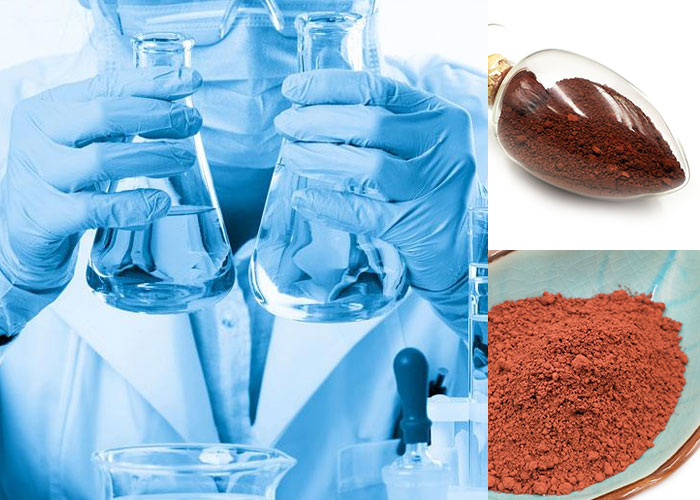
Basically, the copper metal has two primary oxides. The first one, as we have already discussed is copper(I) oxide. Another representation of this oxide is Cu2O. Apart from this red copper oxide another oxide of copper metal also exists. This second oxide of copper metal is called copper(II) oxide and this copper(II) oxide is also called cupric oxide. Another representation of this cupric oxide is CuO. So, these are generally the basic oxides of copper metal that exist naturally.
As already stated that copper metal has two basic and primary oxides. One is the Cu2O while the other is the CuO. Both of these oxides also exist in the form of nanoparticles resulting in Cu2O nanoparticles and CuO nanoparticles respectively. If we talk about some specific differences that may exist between these nanoparticles, then I think that there definitely exist some major differences between these two. For instance, one difference is in terms of their chemical formula. As the cuprous oxide nanoparticles have a chemical formula representation of Cu2O whereas the cupric oxide nanoparticles have a chemical formula representation of CuO. So this is the basic difference in terms of chemical representation. Another difference is in terms of their color and appearance. The Cu2O nanoparticles are present in powder or crystalline form and these have a more reddish appearance. They have a red-colored powder whereas the CuO nanoparticles have relatively dark brown or black colored solid. So this is the main difference that exists between these two nanoparticles oxides of copper metal.
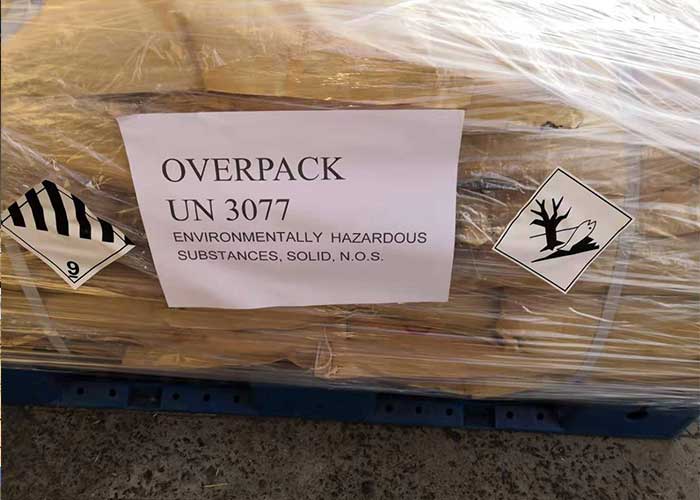
Indeed the product are semiconductors. This implies that they have definitely got some amazing semiconductor properties and because of these properties, these have a wide range of applications in various optoelectronic fields. Another important aspect is that because of these properties, the product are now becoming more popular and show increased concern about their use in a lot of fields. If we take into discussion their semiconductor properties and characteristics, then because of these properties, the product are widely used in electronic fields. For instance, we can take a look at the example that these nanoparticles can be used to convert solar energy, and apart from this, these also facilitate photochemical reactions. This specific property enables them to be used in a lot of electronic-related fields and is very beneficial. Therefore because of these properties and characteristics, these Cu2O nanoparticles are now becoming an increasing concern and more and more research is being conducted on these.
If we talk about the Cu2O nanoparticles, then these are the nanoparticles of an oxide of copper that is cuprous oxide. These nanoparticles of Cu2O are not toxic and apart from this, these particles have a wide variety of applications and usages. Further, these also cost less and have indeed become an interesting compound for a variety of fields. These Cu2O nanoparticles have acquired great significance in various fields and industries and all of this has been made possible because of their amazing properties and characteristics. These nanoparticles have extraordinary optoelectronic properties and these properties make them quite valuable and important for various uses. Because of these optoelectronic characteristics, these particles have been a part of a lot of technological advancements and are still used in different technological applications as well.
If we talk about the general physical properties and characteristics of Cu2O nanoparticles, then these nanoparticles as the name suggests have particles that have sizes in nanometers. These particles have size values that lie within the nanometric scale values. Further, these occur in the form of ultra-fine powder and these powder particles have an identical spherical shape and extremely fine particle sizes as well. If we talk about the color of these cuprous oxide nanoparticles, then these particles have a more reddish appearance and this gives the overall powder a more red color. Further, if we talk about the odor of this specific copper oxide, then this cuprous oxide has no specific odor. Indeed we can say that it is odorless. As far as the solubility of cuprous oxide nanoparticles in water is concerned, then these aren’t soluble in water.
So, these were some of the overall physical aspects of this cuprous oxide nanoparticle.
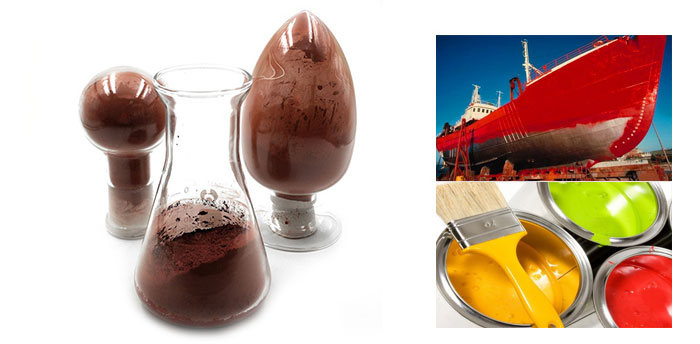
If we take a look at the general chemical properties of these cuprous oxide nanoparticles, then these properties and characteristics of these nanoparticles are as follows.
The basic molecular formula of these nanoparticles is Cu2O. This Cu2O is also called cuprous oxide or copper(I) oxide. Further, if we talk about the molecular weight of these nanoparticles, then the general molecular weight of these particles is 145.11 g/mol. Also, if I mention the hydrogen bond donor and acceptor count for these, then it equals one. This means that the cuprous oxide nanoparticles can accept and donate one hydrogen bond. If we refer to the monoisotopic mass of Cu2O, then it equals 143.869 g/mol. So, these are some of the chemical characteristics that are linked with the cuprous oxide nanoparticles.
I can depict the result of the reaction that would take place when you will allow the reaction to take place between Cu2O nanoparticles and hydrogen gas. When these will be allowed to react, then a redox reaction would take place. Ultimately this redox reaction would help in the production and formation of copper metal. If I were to write it in the form of a chemical reaction, then it would be as follows.
Cu2O nanoparticles + H2 gas à 2Cu metal + Water
So, this would be the overall reaction that would take place. When cuprous oxide will be reacted with hydrogen gas or we can say that when hydrogen gas would be passed through the cuprous oxide nanoparticles, then a reaction would take place and this reaction would be a redox one. As the reaction would proceed, you will observe the formation of pure copper metal and as a byproduct, water would also be produced. It can also be called a reduction reaction because in this reaction, the cuprous oxide is reduced to copper, and because of this reduction of cuprous oxide, we refer to this reaction as a redox reaction.
There are a variety of chemical reactions that exist and by using these reactions, we can definitely make the yield of high quality and pure Cu2O nanoparticles. As we know that Cu2O nanoparticles are now becoming an increasing concern in a wide variety of industries and technologies. These nanoparticles have amazing optoelectronic and semi-conductive properties that make them a beneficial asset in various technological advancements and related fields. Therefore, we know how much important their production is. For the manufacturing of it, we can use various chemical methods. For instance, we can manufacture Cu2O particles using the thermal oxidation process. Similarly, we can use the method of potentiostat deposition and reactive evaporation methods as well. All these methods do yield in production. Apart from these methods, you can also using laser ablation and liquid phase synthesis methods as well. One fact about these reactions is that all of these reactions require some specific conditions and requirements for the production of cuprous oxide nanoparticles.
Yes! You can definitely manufacture Cu2O particles using the spray pyrolysis method. Indeed, it is one of the most effective and efficient methods that can be used for the production of cuprous oxide nanoparticles. But this method requires some specific conditions as well. If we take a look at the ingredients that are required for this very method, then these include copper nitrate and ethanol. These are one of the main ingredients for this chemical method. Further, water is also a key ingredient in this regard because it has to act as a solvent. So, these are the required ingredients and reactants that should be present for this reaction to take place. Further, if we talk about the temperature and pressure condition for this reaction to take place, then the temperature needs to be 450°C. This reaction would take place at a high temperature of 450°C and after the reaction, you would obtain high quality Cu2O particles that will have nanometric values of their size. One important aspect of this chemical reaction is that it definitely requires precise control over the temperature conditions. Apart from this, this specific reaction yields precisely sized nanoparticles and is indeed very much effective.
If we basically talk about this laser ablation process, then it is generally referred to as the process by which we remove materials from certain solid surfaces and this is mainly done using a laser. The surface that is to be processed is irradiated using a high beam of laser. So, this is the basic concept of laser ablation technology or method. If we talk about the manufacturing of Cu2O nanoparticles using this method, then this method basically involves the use of a copper target and this target is generally present in a PVP solution that is aqueous. Then this target undergoes the laser ablation process for approximately one hour and is carried out at high-temperature conditions. The result of this method is high-quality nanoparticle-sized cuprous oxide particles. So, this is the overall laser ablation process that can definitely be used for the manufacturing of Cu2O particles.
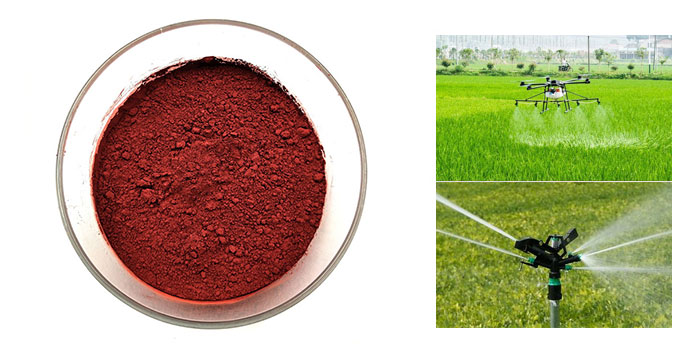
Yes! There is also another method that can be used for the production of Cu2O nanoparticles that is much more feasible and cost-effective. Also, this method is efficient in the production of Cu2O particles. This process is called simple solution synthesis and according to this method, if we talk about the ingredients, then these include copper sulfate and ascorbic acid. Apart from this, these also include sodium hydroxide. These are the basic and main ingredients that are required in this process. This process yields high-quality and pure Cu2O nanoparticles and they also have a more precise size. Apart from this, you can carry out this reaction in absolutely room conditions of temperature and pressure. Further, this is a very cost-effective and efficient method for the synthesis of Cu2O particles. The particles that are formed as a result of this method have sizes that range from 25-200 nm. So, this is an important method that can be used for the synthesis of Cu2O particles with room conditions and less cost.
You can also produce Cu2O nanoparticles using this redox reaction synthesis method. This method involves copper chloride and sodium hydroxide along with hydroxylamine. These are the basic ingredients or components for this reaction to take place. Further, Thai reaction also takes place in normal room conditions and is also very much cost-efficient. If we talk about the particle sizes that are obtained through this method, then these include 40 nm – 420 nm sized particles. This is also an amazing synthesis method for Cu2O particle manufacturing.
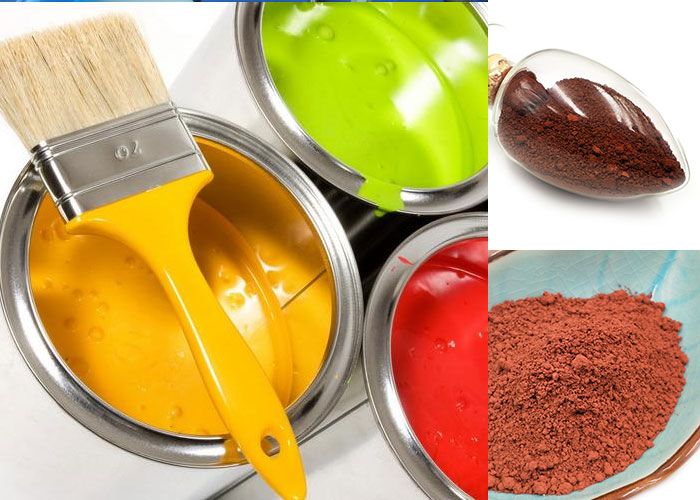
These Cu2O nanoparticles definitely have a wide range of applications. You can use these nanoparticles in a lot of industries and this is generally because of the features and characteristics that these particles have. These nanoparticles can be utilized in chemical industries, various electronic fields as well. Apart from these, you can also make use of these in certain chemical-related fields as well. These Cu2O particles have extraordinary optoelectronic properties and these properties make them useful and enable them to be used in various industries.
If you are an anti-fouling paint manufacturer, then you can definitely make use of these nanoparticles of cuprous oxide. These nanoparticles have wide applications in anti-fouling paints and these are indeed quite popular in this regard. If we consider these anti-fouling paints, then these basically prevent the growth of fouling organisms on the metal surfaces of boats and marine equipment. These cuprous oxide nanoparticles work in the exactly the same way as that of vinyl compounds. These particles are easy to use and more convenient as well. Further, these are also much more affordable. These nanoparticles have biocidal properties and characteristics and these properties make these particles a suitable choice for such applications. The cuprous oxide nanoparticles are basically used in these paints and when this paint is applied on the metal surfaces, it protects these surfaces from the growth of fouling organisms. It generally prevents the accumulation of these organisms on metal surfaces. Therefore, these particles do play an important and essential role in the anti-fouling paints.
These also have a wide variety of applications and usages in ceramic manufacturing industries as well. These nanoparticles of cuprous oxide can act as a dye and therefore can be used as a coloring agent as well. For the dyeing and coloring of these ceramics and enamels, these nanoparticles could serve a purpose and could be utilized effectively. Therefore, ceramic manufacturers can also make use of these nanoparticles for dyeing and coloring purposes and these are indeed amazing coloring agents as well.
